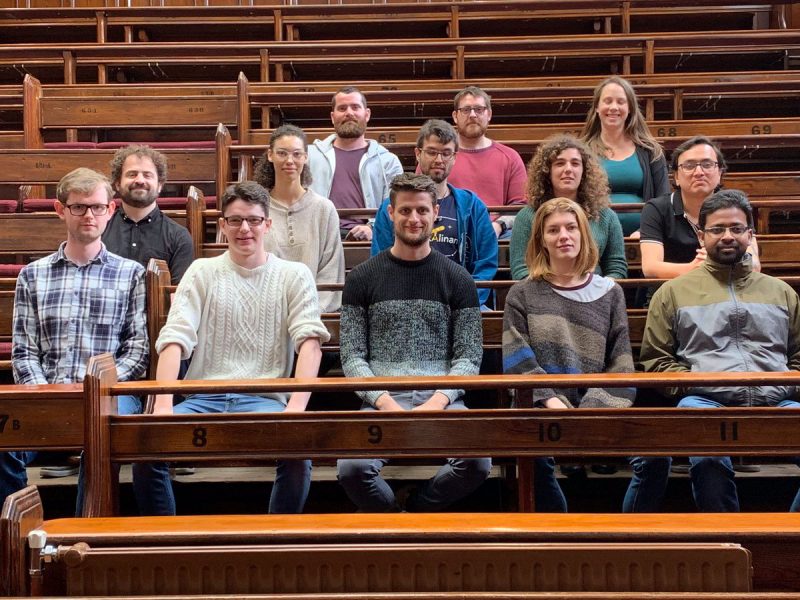A group of scientists from Trinity’s School of Physics have helped build the world’s smallest engine, an engine ten billion times smaller than a typical car engine. Trinity’s QuSys group, led by Professor John Goold, worked as part of a collaborative project with other physicists around the world to create this record-breaking engine.
The engine consists of a single calcium ion and a laser beam. It acts like a heat engine, absorbing the heat energy and converting it to another form — in this case oscillations, or vibrations, of the ion. The ion is easily trapped using an electric field and the laser beam’s heat energy is converted into vibrational energy. These newly formed vibrations act as a “flywheel” and store energy in incredibly small packets known as “quanta”. In a press release, Dr Mark Mitchison of the QuSys group at Trinity said: “The flywheel allows us to actually measure the power output of an atomic-scale motor, resolving single quanta of energy, for the first time.”
“The engine is 10 billion times smaller than a typical car engine”
The engine is an astounding feat of quantum engineering, coming in with an ionic radius of approximately 230 picometres. The engine is 10 billion times smaller than a typical car engine and could be a major breakthrough for the field of nanotechnology.
The ionic ‘flywheel’ starts at its ‘ground state’, i.e. it begins at rest. As the spin of the ion begins to convert and build up vibrational energy, the ‘flywheel’ gets faster and faster. Though the engine is unimaginably tiny, the researchers are now able to measure the amount of energy it releases as the engine is working. This is pivotal, as measuring the rate of energy release from a nanomachine such as this could lead to improvements in the fields of quantum engineering and quantum computing.
The international project was led by Professor Ferdinand Schmidt-Kaler and Dr Ulrich Poschinger of Johannes Gutenberg University in Mainz, Germany.
Assistant Professor of Physics at Trinity and leader of the QuSys group John Goold said: “This experiment and theory ushers in a new era for the investigation of the energetics of technologies based on quantum theory, which is a topic at the core of our group’s research.”
“Heat management at the nanoscale is one of the fundamental bottlenecks for faster and more efficient computing,” he continued. “Understanding how thermodynamics can be applied in such microscopic settings is of paramount importance for future technologies.”
The previous record for the smallest engine was held by a team of researchers from the very same Johannes Gutenberg University in Mainz, Germany. In 2014, the team of experimental physicists created an engine consisting of a single atom. Given the substantial developments in the last five years, it will be interesting to see if even smaller engines could be created and be of viable use for nanotechnology in the near future.
There are many other types of nanomachines that have been created in recent history: from nanoswitches to shuttles and turnstiles, even a nanocar. On the slightly larger microscale we have seen inventions like microrockets and microsubmarines. These micro and nano vehicles could have useful applications like delivering cargo such as drugs to specific areas of the body. Microsubmarines could theoretically be used to clean up oil spills, by releasing them into an area of the polluted water where they can collect oil particles and other harmful chemicals. These tiny machines are catching the interest of many research funders and the field of nanotechnology appears to become more important every day.






